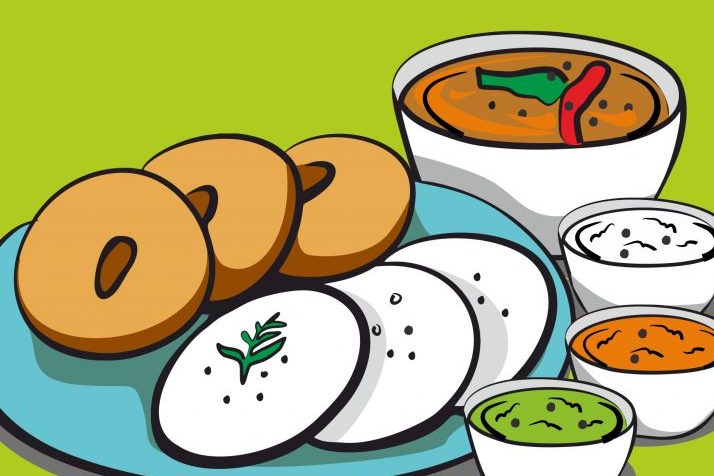Many of us do not put enough thought into thinking about how much is enough. We make ourselves miserable, endlessly pursuing more. Swinging between the extremes need not be the way to live our lives. The in-between state should be enough.
British psychoanalyst Donald Winnicott pioneered a way to undercut our reckless and never-ending want for more. In his clinical practice, he met parents who felt like failures because their children hadn’t gotten into the best schools or due to arguments around the dinner table or because the house wasn’t tidy enough. He observed that this agony stemmed from excessive expectations.
The concept of “everything” or “nothing” gets undue importance, and “something” gets lost in between. The charming concept of “good enough” was invented to serve as an escape from dangerous ideals. It can be applied generally across life, around work and love too.
So how do we look at “good enough”?
A relationship can be good enough even if it has its dark moments. A job may not utilise all our merits and earn us a fortune, but if it gives us real friends, moments of genuine excitement, it can be “good enough”.
Every meal need not be a gourmet meal, which does not mean it’s badly done. It’s still good enough. What if you lack passion? At least you share love and care that lasts. It’s good enough.
What if we don’t achieve our goals and dreams, at least we sleep well and spend time with loved ones. That’s good enough.
To remain sane, which has become a coveted state of being, we should follow the middle path or believe that “this is good enough” to help awaken the very best in us. We must make the most of the okay stuff that comes along as well. We should step back and acknowledge in a real way that our lives are good enough.
This blog post is by Geeta Gopalakrishnan, resident of Serene Pushkar by Columbia Pacific Communities.



